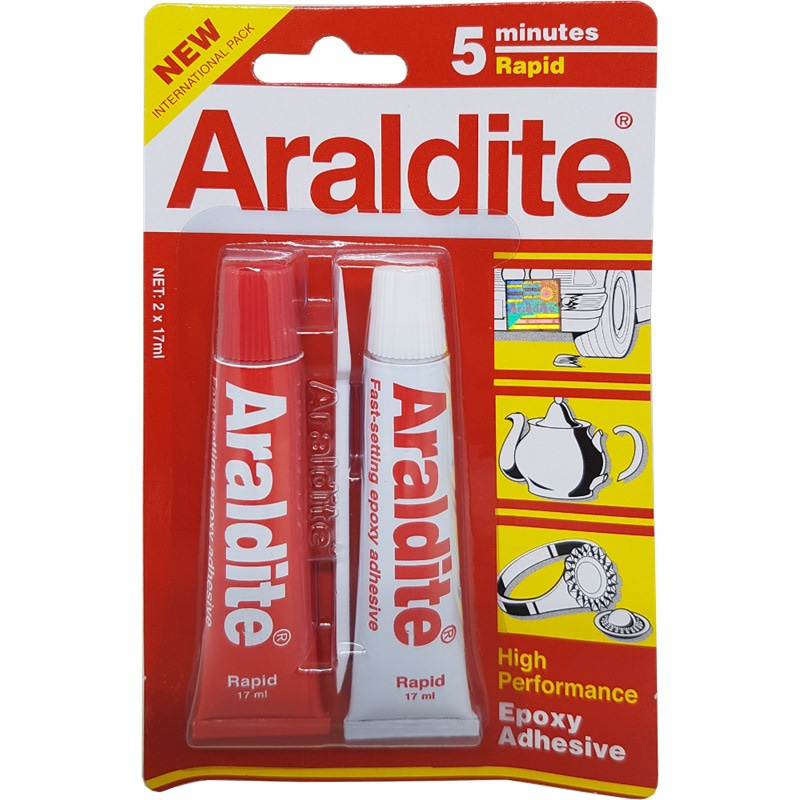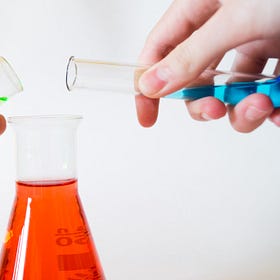Do Charred Foods Really Cause Cancer?
What are the real considerations behind the whole idea that "charred foods can cause cancer"?
I believe that people in most households would have fiddled around with Araldite adhesives before. They’re quite useful for gluing things together.
I’ve done that for the soles of my shoes before.
But what we do have, in terms of chemistry, would be an epoxy-amine reaction, and that’s why the Araldite product comes in 2 distinct tubes.
One tube contains an amine, and the other contains an epoxide. If they don’t come into contact with each other, they will exist as thick, viscous, sticky liquids. If you did accidentally inhale any of their fumes, you’d find that the stuff inside each tube is different — the amine tube would tend to give off a fishy smell.
But when they’re mixed together, they will tend to give off heat, and the resultant mixture will undergo a cross-linking chemical reaction, such that it then solidifies into a hard solid.
What we do have to know is that the amine isn’t that reactive but the epoxide is. Here’s what an epoxide looks like:
We see that distinct triangle shape in the epoxide molecule, and this triangle shape is known to be highly strained. As it is mentioned in this article:
Epoxides are strained heterocycles that are encountered throughout chemistry. Epoxides are simple to synthesize and reasonably stable. They react readily, often via reactions that relieve ring strain such as the addition of a nucleophile to a ring carbon.
“The addition of a nucleophile to a ring carbon” would help to relieve ring strain. In the epoxy-amine reaction, the amine functions as the nucleophile that can react with the epoxide ring.
That being said, any epoxides will undergo ring strain, and this allows them to readily react with nucleophiles such as amines to relieve that strain.
And we will find epoxides in our body from the food that we eat. We aren’t ingesting them directly, but epoxides are produced via the metabolization of other chemicals in the food that we eat.
For example, when we grill foods at high heat over an open flame that is hot enough to cause a charred surface, the charred surface will end up containing polycyclic aromatic hydrocarbons (PAHs) such as benzopyrene.
When we eat these charred foods, we would ingest the benzopyrene too.
Unfortunately, this research article shows that benzopyrene is converted by the liver into a highly reactive epoxide.
However, these epoxides can be neutralised by the glutathione antioxidants that our cells are producing:
Antioxidant Protection In The Body Begins From Within The Cell.
Our body is constantly in a tug of war between reduction and oxidation (redox), which basically comprises multiple reactions where electrons are being transferred from one component to another.
So what’s going to happen when we ingest sufficient quantities of these charred foods?
Our liver will convert the PAHs in there into epoxides, and the epoxides will react with the amines in our body through the epoxy-amine reaction.
Upon reading to this point, one may question where exactly can they find amines in their bodies.
Keep reading with a 7-day free trial
Subscribe to The Biochemistry Of Human Health to keep reading this post and get 7 days of free access to the full post archives.






